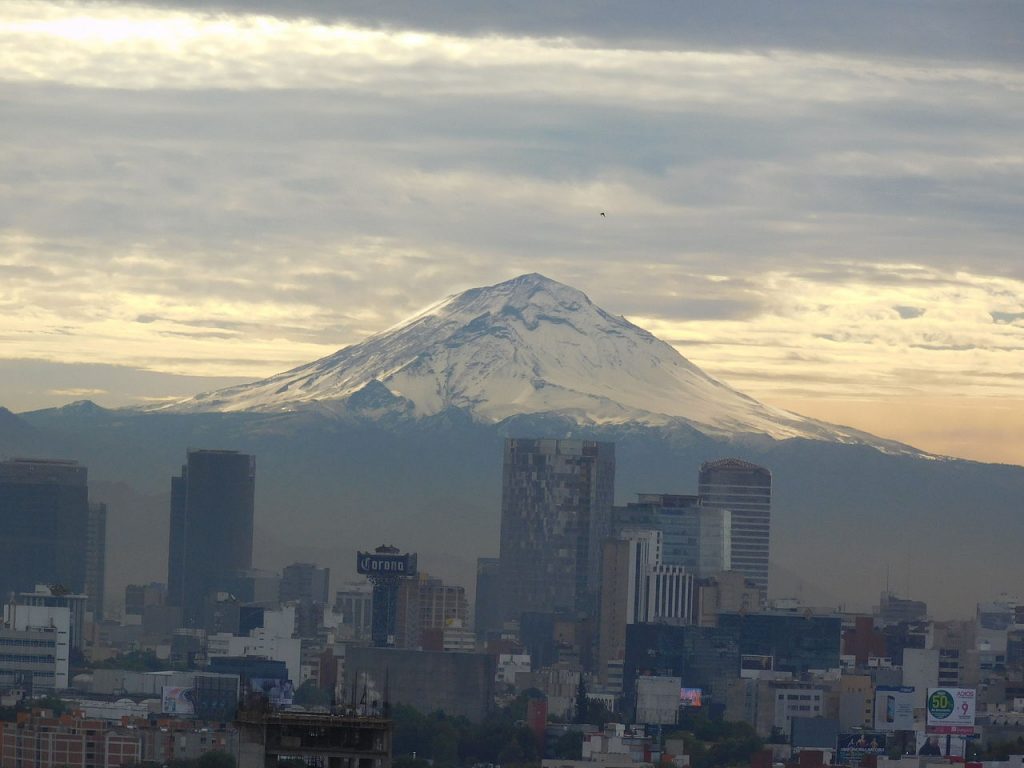
La Ciudad de México está a gran altura sobre el nivel del mar, aunque para muchos de nuestros visitantes no lo es tanto.
Ahora bien; si no viniste a la capital para escalar un volcán como el de la fotografía, solo necesitarás tener ciertos cuidados.
El mejor consejo es que estés consciente de que es un lugar de altitud elevada y puedes llegar a experimentar algunos síntomas relacionados con ello. Tu edad, sexo o condición física no influyen para que éstos se puedan presentar.
El mal de altura generalmente ocurre cuando se está por encima de los 1 500 metros, y los efectos se vuelven más severos a medida que aumenta la altitud. A 2 240 metros, la Ciudad de México está muy por encima del límite, aunque mucha gente que la visita no presenta ningún problema.
A medida que se experimenta una mayor altitud, el oxígeno necesario para mantener de manera correcta los estados mental y físico disminuye. La presión del aire es menor a pesar de que el porcentaje de oxígeno en el aire es esencialmente el mismo. Y la deshidratación puede agravar la situación conforme se pierde más vapor de agua al respirar.
Pero un dato aún más importante es que la razón por la que las personas se sienten indispuestas es debido a que se necesitan más glóbulos rojos en altitudes elevadas para llevar oxígeno al cuerpo. Se requiere vivir aproximadamente tres meses en un lugar alto para desarrollar suficientes glóbulos rojos para poder hacer todas las cosas que se hacen al nivel del mar, suponiendo que vivieras a dicha altura.
Los síntomas del mal de altura pueden presentarse entre 6 y 24 horas después de alcanzar altitudes superiores a los 3 000 metros (9 842 pies) sobre el nivel del mar pero la Ciudad de México no es tan alta, por lo que los síntomas pueden tardar en aparecer y también ser menos graves. O simplemente no aparecer.
Los síntomas más comunes que los visitantes pueden experimentar son:
Para algunas personas estos síntomas podrían ser más evidentes por la noche.
Las personas susceptibles pueden viajar con medicamentos para el mal de altura como:
Lo más importante es reconocer lo que es el mal de altura… Y tranquilizarse.
Siete Siglos de México-Tenochtitlán | Puntos destacados de Alt-Travel de la Ciudad de México